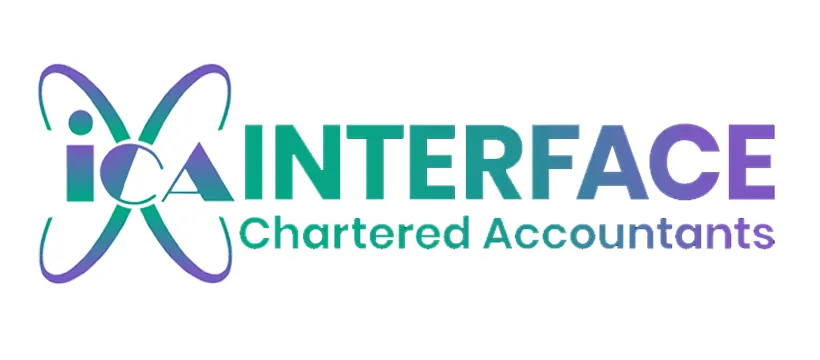Value Added Tax (VAT) is a financial constant in both personal and business transactions in the UK. It plays a pivotal role in the economy, yet understanding how it applies to your business can be complex. Let’s unravel the intricacies of VAT, including rates, registration, and how it can affect your financial management. Accountants in Slough, Accountants in Reading, and Accountants in London, along with chartered accountancy firms, can provide valuable guidance in this tax landscape.
The Basics of VAT
Defining VAT:
Value Added Tax (VAT) is a consumption tax that’s tacked onto the price of most goods, services, and other taxable supplies. It’s calculated as a percentage of the original price and is added to the final sale.
Understanding VAT Rates:
The type of your offerings and your business style affect the VAT rates you pay. A nonprofit, for instance, works under different regulations than a for-profit company. Typically, companies that have taxable sales of more than £85,000 must register and pay VAT online. Another choice is voluntary registration, which makes it easier to recover VAT on products or services from other VAT-registered businesses.
Unraveling UK VAT Rates
If you want to know how much vat in the UK is in 2023, here’s some information for you. VAT rates comprise three main categories, each linked to different taxable sales:
- Standard Rate (20%): The bulk of goods and services are subject to this rate.
- Reduced Rate (5%): Items in this category include things like kid car seats, energy for home use, and materials that conserve energy.
- Zero Rate (0%): This category includes items like children’s shoes, books, clothing, and most foods. Although legally VAT is not applied on zero-rated items, your VAT return must still include a description of them.
- Exempt: If all the goods and services you sell are exempt, your business is exempt and you will not be able to register for VAT. This means you cannot reclaim any VAT on your business purchases or expenses. Examples include insurance, education, and health services.
Registering for VAT
The process of registering for VAT is simple and frequently made possible by internet tools. To access this service, log on to your business’ Government Gateway account. Then, include information relevant to your business, such as your company name, VAT registration date, bank information, business type, and annual revenue. You can choose an agent to handle your VAT returns if necessary.
Incorporating VAT into Prices
Incorporating VAT into your prices can be calculated manually. Here’s a simple formula to help you navigate the process:
- For 0% VAT, the price remains unchanged.
- For 5% VAT, multiply the price by 1.05.
- For 20% VAT, multiply the price by 1.20.
VAT registration requires careful consideration. While adding VAT might deter customers due to the increased cost, absorbing the extra expense yourself could impact your profit margins.
Understanding VAT Returns
The official report to HMRC outlining the VAT assessed on sales and paid to other businesses on purchases is known as a VAT return. These returns are normally filed digitally using Making Tax Digital (MTD) software filing frequency varies from business to business. There are specific reporting requirements for several VAT schemes, such as Annual Accounting Scheme, Flat Rate Scheme and Cash Accounting Scheme etc. Additionally, the VAT liability must be paid online by the deadline.
Claiming VAT Back
Accurate application of the VAT rate to sales is crucial for firms with VAT registrations. Your company is responsible for paying VAT on taxable goods or services bought from other businesses that are registered for VAT. While input VAT refers to the VAT paid on purchases, output VAT is the VAT assessed on the products or services provided by your company. Depending on which total is higher, you can either pay HMRC or claim it back.
VAT Invoices: A Closer Look
VAT invoices differ from standard invoices and must contain specific elements, such as:
- Time of supply
- Date of issue
- Total VAT chargeable
- Clear description of supplied goods/services
- Exempt or zero-rated status with justification
- Total payable including and excluding VAT
VAT Exemptions
VAT is waived for some companies. For instance, VAT registration and reclaim is not necessary if your company only offers VAT-exempt products and services, such as education, training, insurance, financing, and credit. While some companies might request a partial exemption, others can choose to make zero-rated supplies instead, however they cannot reclaim their VAT on business expenses. For further details, visit the GOVUK website.
Navigating the VAT Terrain
VAT has a significant impact on pricing, compliance, and financial management in today’s corporate environment. Keep in mind that rigorous knowledge and diligent record-keeping are your allies as you navigate the VAT landscape. Each step, from VAT rates and registration through incorporation and claiming, helps your firm run smoothly within the constraints of the VAT system. Rely on reliable sources like HMRC to ensure precise, effective VAT management, or get in touch with accountancy firms like Interface Accountants for thorough guidance and professional assistance.
 Skip to content
Skip to content

